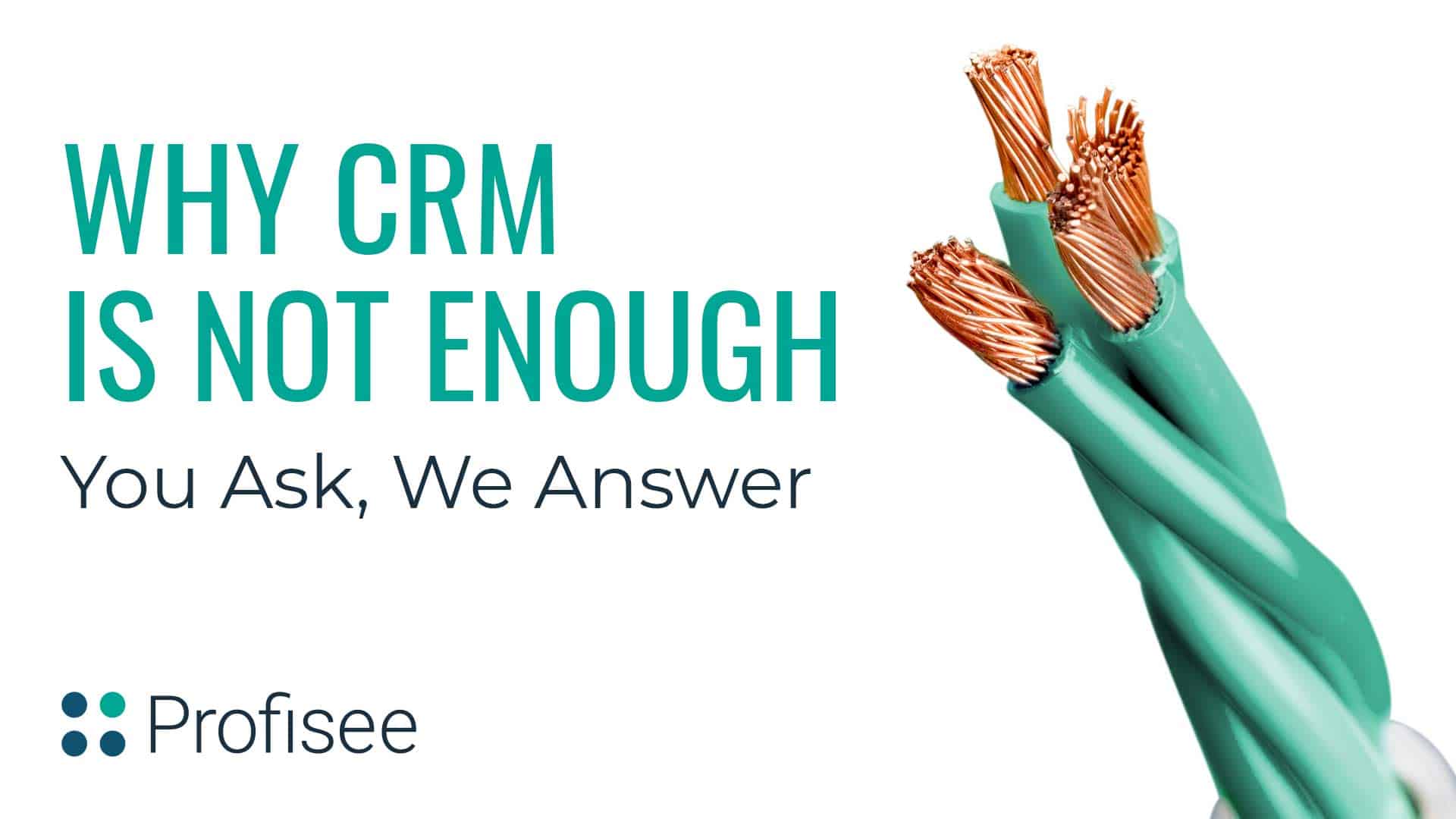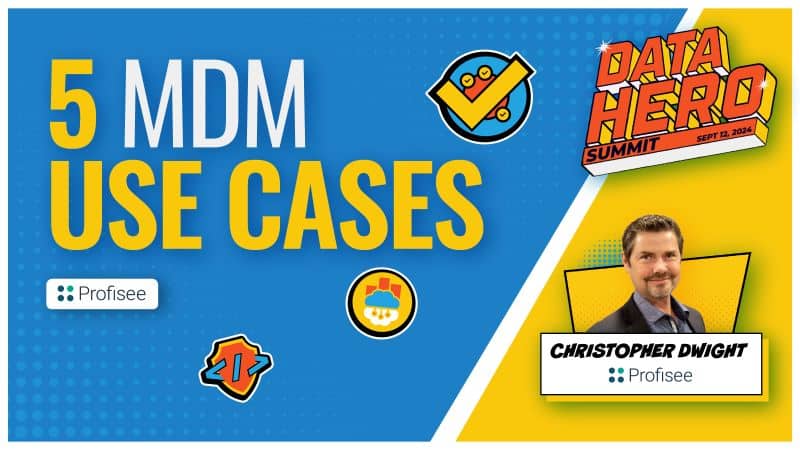CRM solutions are advertised to provide a single source of truth for customer information. So why do I need a data management strategy when implementing or migrating my CRM solution? Doesn’t Dynamics CRM, SalesForce.com, or any other major CRM platform already have numerous Master Data Management capabilities?
Great question, and one that comes up often these days. It’s true that CRM platforms (and other enterprise applications) CAN go a long way towards maintaining a single source of truth for customer data… if:
- Your company manages customer data exclusively in CRM
- CRM stores all customer information necessary to support operations and analytics
- CRM can enforce data quality to ensure data is distinct, clean, and of high quality
For smaller enterprises, the above is often the case. It is also increasingly common to find sophisticated data management capabilities available within applications, both natively and via third parties that help manage data within that application. Gartner has coined the term Application Data Management to categorize these types of solutions.
However, mid-size and larger organizations typically have increasing complex requirements with challenges including:
- A need to clean up their data prior to migrating/implementing a new CRM solution, or clean up poor quality information that exists within the CRM solution
- A complete view of customers cannot be achieved with CRM only, because customer information spans multiple applications (i.e. CRM and ERP)
- Some customer information doesn’t belong in CRM
- Customer information coming from 3rd party sources to enrich customer data
- Requirements to be fairly lenient with data standards in CRM to enable sales, reducing data quality
CRM systems typically have facilities to merge duplicate records, but often aren’t good at finding the duplicates to merge. A CRM system may reflect the consolidated view of all customers it knows about, but it is not well equipped to draw together information from multiple systems and support a process to find the best collection of attributes – the golden record.
Once customer data exists outside of CRM, CRM is no longer able to connect the dots for customer information across the enterprise. If you want a true customer master, you must have a solution outside of CRM to identify, match, and create golden records linking customer data across the enterprise.
Here’s an example: Your CEO asks “What are our top 100 customers?” Simple question, with an often difficult answer. You can’t answer that from CRM. And it’s even tougher if there’s sales across multiple applications. What happens if some customers exist more than once? What about parent companies and their subsidiaries, how are they represented? What happens if there’s duplicate records within and across those systems? You get the point.
We often see organizations perform lengthy manual processes to answer this question each time it’s asked. A team of data analysts piece together the puzzle across their data ecosystem to answer what is a fundamental question, which can take days or weeks. If the volume of customers is in the hundreds or thousands or millions, it’s even harder. Time is money.
In the end, data matters. High quality, trusted data centrally managed so that all the systems that need to use the clean, accurate set of customer records can actually do just that. A data management strategy is a MUST HAVE with every CRM implementation today.

Forrest Brown
Forrest Brown is the Content Marketing Manager at Profisee and has been writing about B2B tech for eight years, spanning software categories like project management, enterprise resource planning (ERP) and now master data management (MDM). When he's not at work, Forrest enjoys playing music, writing and exploring the Atlanta food scene.











